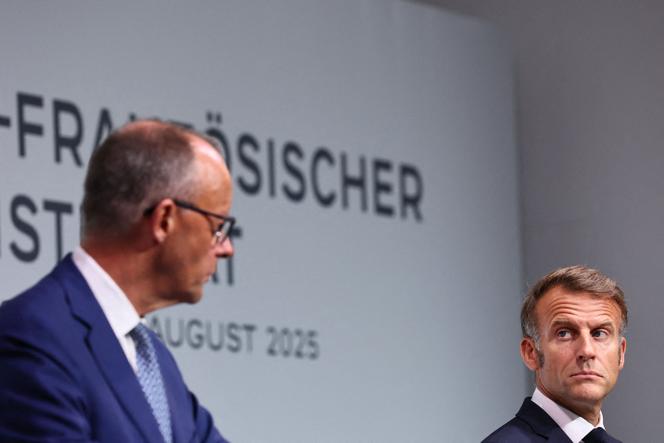


French President Emmanuel Macron, on July 13, 2017, praised the benefits of his discussion with Chancellor Angela Merkel: "This council was an important moment for our convergence on defense." The two leaders launched several major joint armament programs, including the flagship Future Combat Air System (SCAF). This next-generation fighter jet project, supported by drones and an integrated computer system, aimed to reunite the two countries, which had pursued separate paths since the 1980s – France with the Rafale, built by Dassault Aviation, and Germany with the Eurofighter, co-manufactured by Airbus, the British company BAE Systems, and Italy's Leonardo.
Eight years later, as war was raging on the European Union's doorstep in Ukraine, divergence rather than convergence prevailed in the defense industry. Of the five major projects announced in 2017, two were aborted: the Maritime Airborne Warfare System and the modernization of the Tiger combat helicopter, from which Germany withdrew as early as 2019. The Common Indirect Fire System (future artillery program) was also postponed indefinitely. The Main Ground Combat System is moving forward at a snail's pace. And now, the SCAF is faltering, the subject of deep divisions between the two countries.
You have 79.61% of this article left to read. The rest is for subscribers only.
